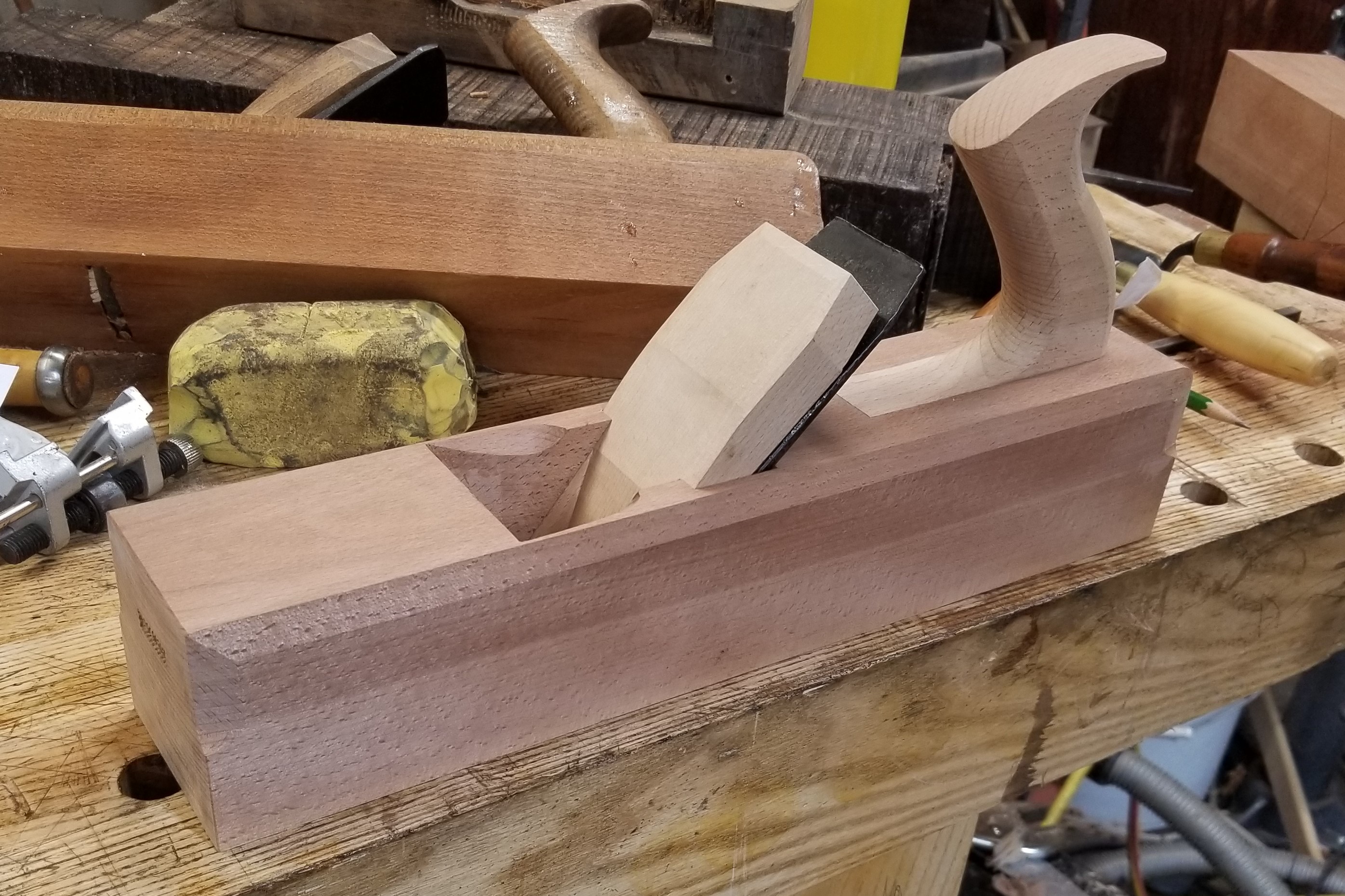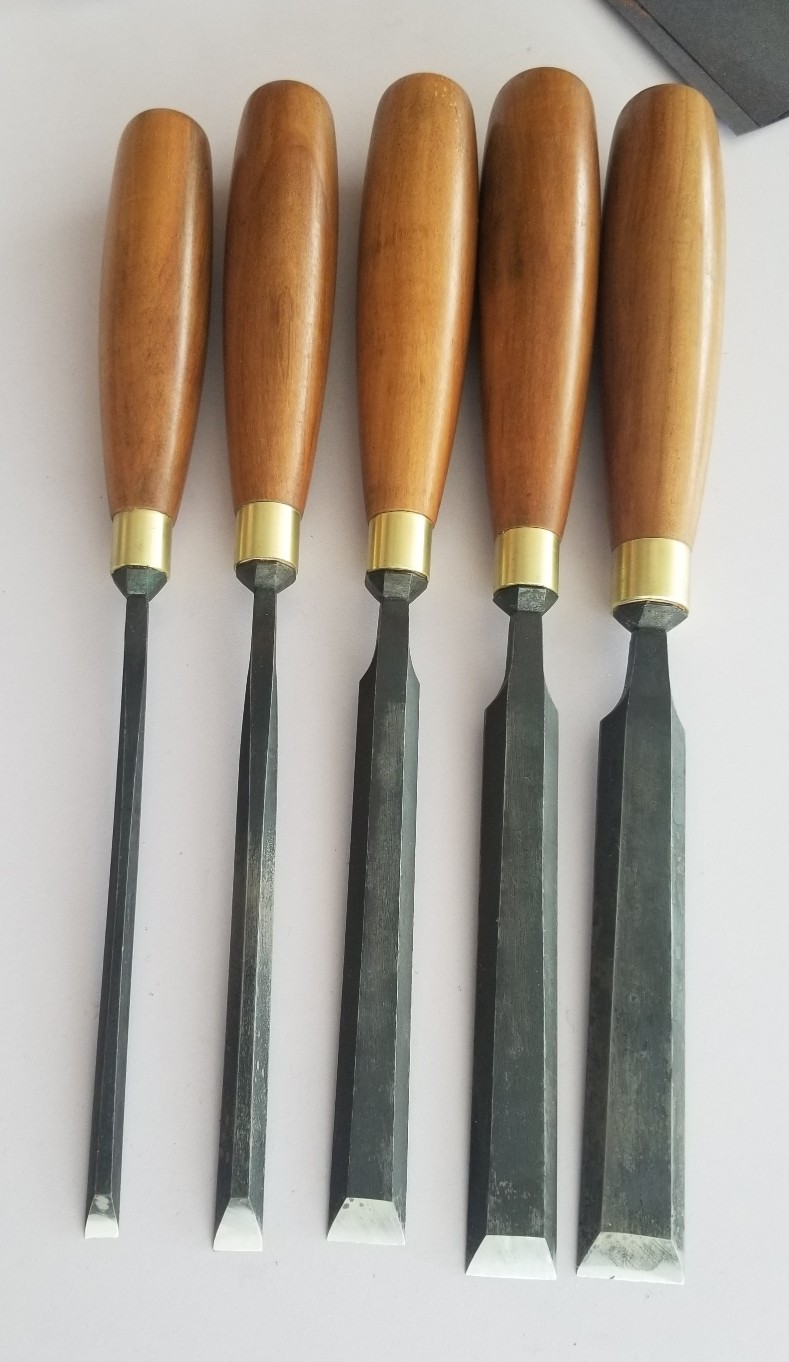It takes about 2 hours total to make a chisel (starting from the old files out of a box from ebay to getting the handle on them).
I make planes generally of this type when I make them, but have made a few infills and a bunch of moulding planes. It's more like gentleman's work, but wooden planes would be excellent for coarse site work.

Ultimately, I'm going to have to settle on something reasonable for bar stock (probably 52100) as I'm whipping through everything ebay offers for old files, but I like old coarse tooth files made by nicholson and heller, and an indian brand that just says "india" and has a picture of something that looks like a willow tree on it. The higher end metal files are made of something more complex that isn't that amenable to typical forge normalization. I can heat the files, grind the teeth off and then they're just like bar stock, but the steel is something I haven't seen duplicated - I think they're probably 1.1% carbon or a tiny touch higher which makes them really "dry" feeling, and the base level files are not too highly alloyed (probably small amounts of manganese, chromium, and maybe bits of vanadium, but small amounts stay in solution and make the steel better and not worse for woodworking - as in, they make hardening more consistent and improve toughness a little. Once you get lots of any of those, then free carbides of said element form and that's not what I'm looking for. O1 is getting up toward being a little bit more alloyed, but is still decent (and very consistent to work with). Stuff like A2 is out of the question for me - not what i'm going for.
At any rate, it doesn't matter too much what the steel is as long as you have a feel for whether or not it's better than bar stock. Old file steels are at least as good as 52100, 52100 is very good (also very plain feeling, great for chisels - a nice wide range of tempers where a chisel will be hard enough but still not brittle), 1095 isn't that great (i've seen assertions that files are now 1095, but none of the good ones are). Anyway, point of the bar stock is that none of it is quite like the file steel, but it's close and sooner or later, getting 10 files to get 2 that are suitable for chisels is going to run out. I have at least 150 files right now that aren't a good size to make chisels and you can't take the thin ones and hammer them fat without a power hammer.
One of the reasons that I'm intent on making a mark instead of buying one is the desire to use what i already know and build on it. Once you get a feel for toughness vs. hardness in various steels, then you can get a good idea of what will work well. such as tempering my first mark so that the checkered fins would penetrate steel but not break off. Starting from never working with steel, it'd have been tough to gauge that, but knowing the files (the marks are made of scrap offcuts), I know 450F temper will be just too soft for a good chisel, only by a little, which means the trade of some hardness for toughness will be a good compromise. Something softer like saw temper would probably lead to the peaks of the checkered ridges getting bent off.








































